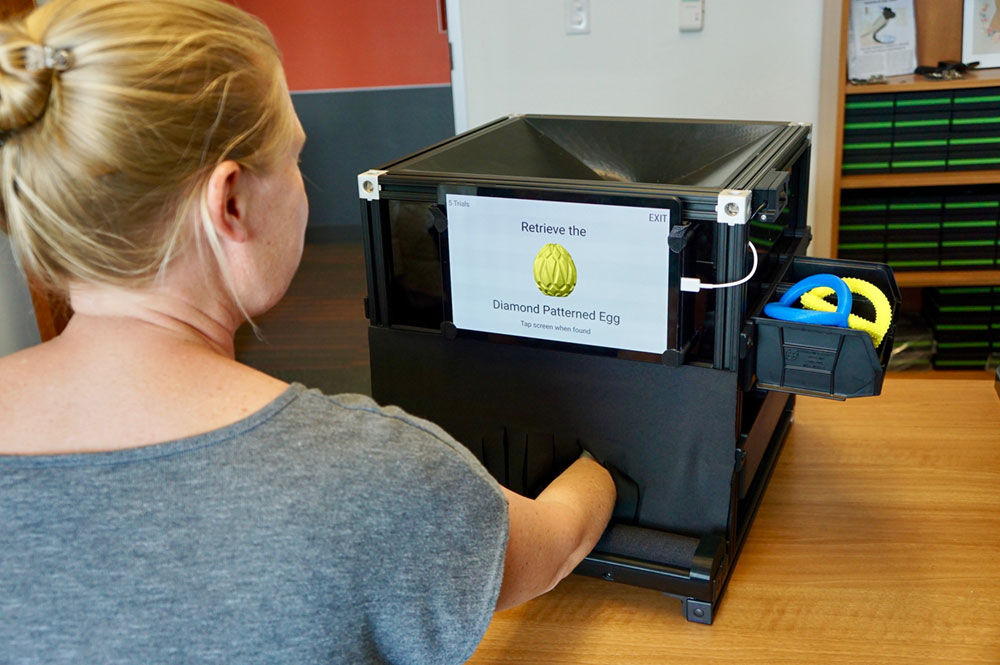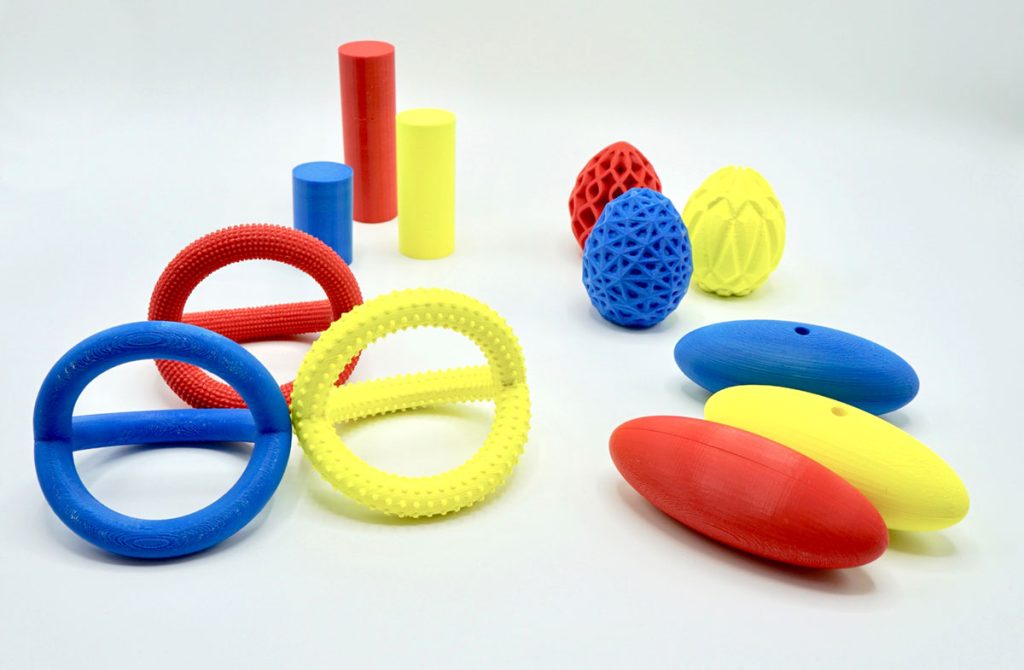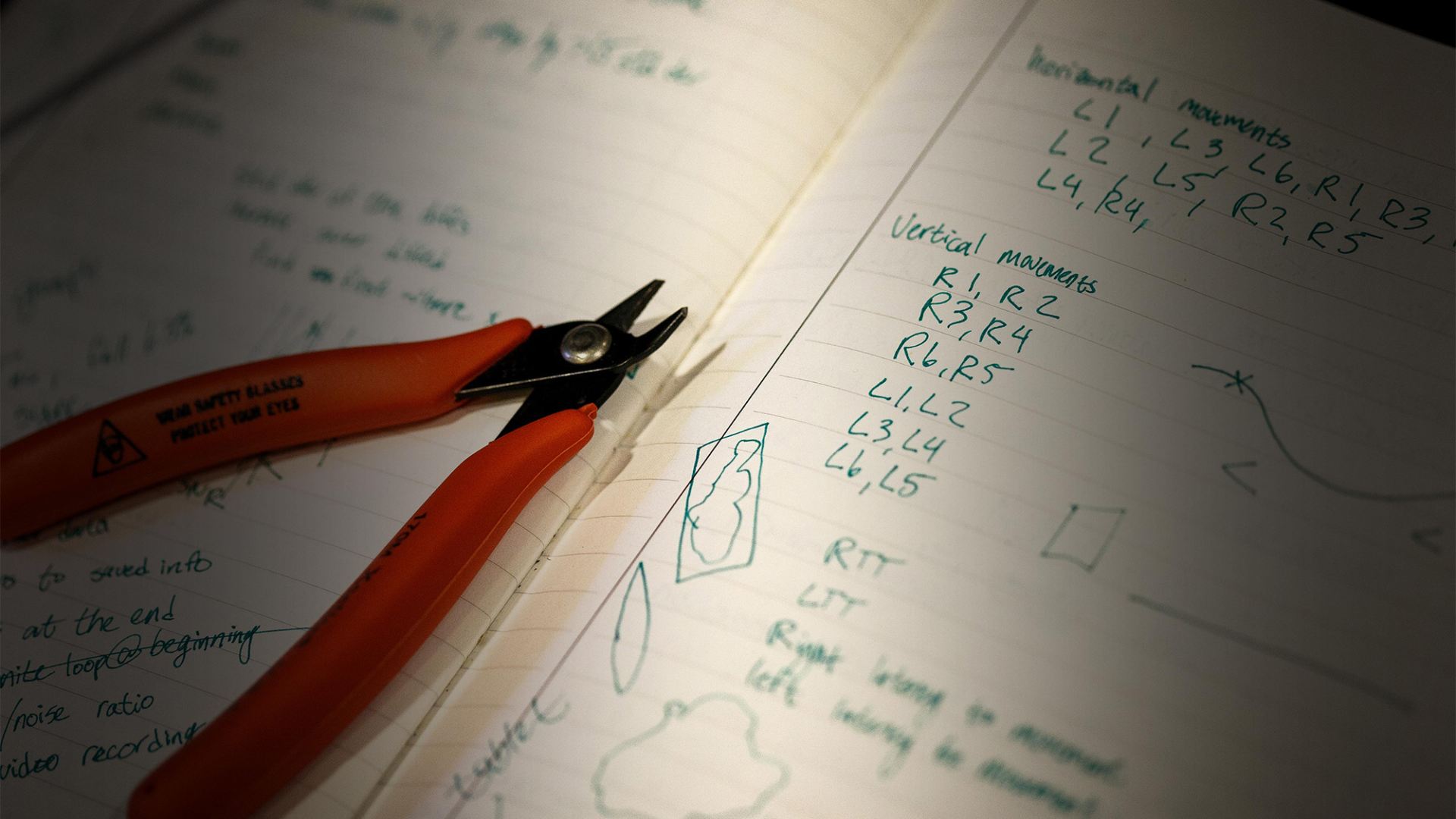
RePlay Technology
Everything we think, do, feel and remember is controlled by our nervous system. Without warning, a car accident, a stroke, a concussion, multiple sclerosis (MS), or Alzheimer’s disease can steal independence from our lives.
The Texas Biomedical Device Center (TxBDC) has developed a platform technology to enhance recovery from a wide range of neurological injuries. The therapy, known as Targeted Plasticity Therapy, depends upon the electrical activation of the vagus nerve at very specific points during rehabilitation. We have developed the RePlay system to allow us to monitor those specific movements and automatically activate the vagus nerve.
The RePlay system has three components. First, there is an implanted stimulator that is placed in a small cuff and attached to the vagus nerve. Second, the ReLay device powers and communicates with the implanted stimulator. The ReLay device is worn around the patient’s neck. Finally there are four controllers used to play video games. These controllers isolate specific hand movements important for rehabilitation. The controllers also can send a signal to the ReLay device to activate the stimulator.
There’s a pinch controller for opening and closing your fingers; a knob controller for rotating your wrist as if opening a door; a wrist controller for moving your wrist back and forth; and a twist controller that works like opening a water bottle with your fingers.
The RePlay system creates an enjoyable experience for patients and at the same time use Targeted Plasticity Therapy to radically enhance recovery from neurological injuries. The RePlay system is another example of how the Texas Biomedical Device Center is engineering solutions to maximize recovery from neurological injury and disease.
How Does RePlay Technology Work?
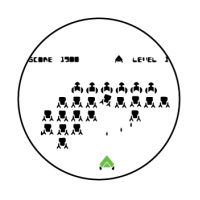
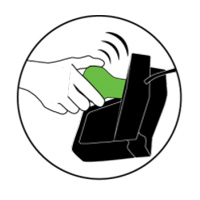
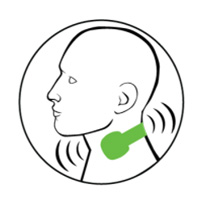
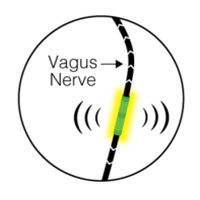
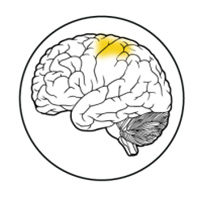
Types of Controllers
Knob

Bottle Cap

Wrist

Pinch
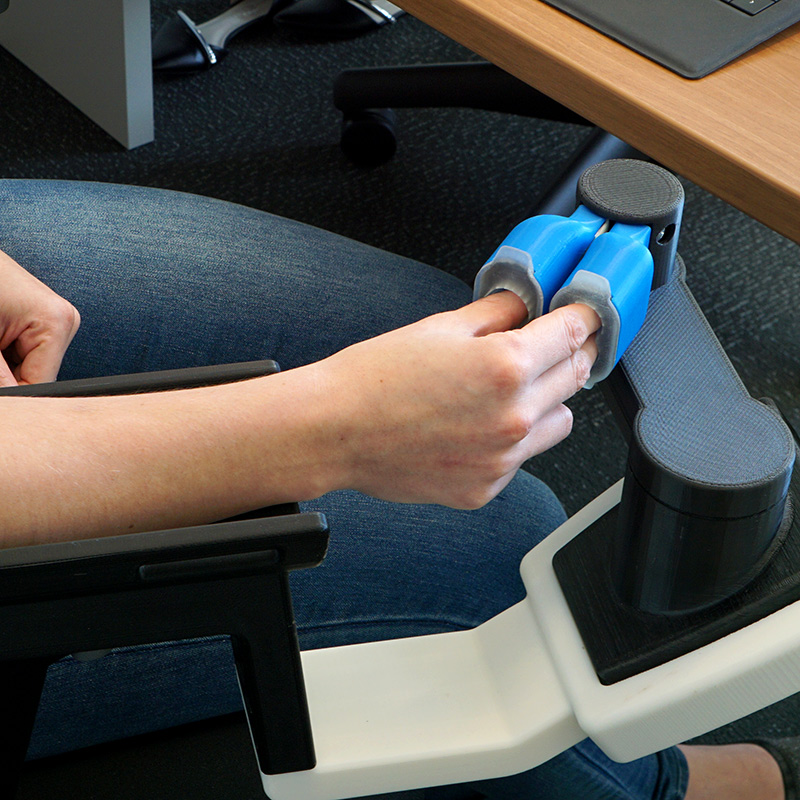
ReTrieve Technology
ReTrieve technology guides recovery of tactile function in the hand after a brain or spinal cord injury. This therapy, which can be done at home, allows patients complete exercises in which they are asked to distinguish differently shaped objects that become more challenging as the patient improves. Hand movements and objects are monitored as the patients perform exercises, triggering stimulation of the vagus nerve.
Demos:
